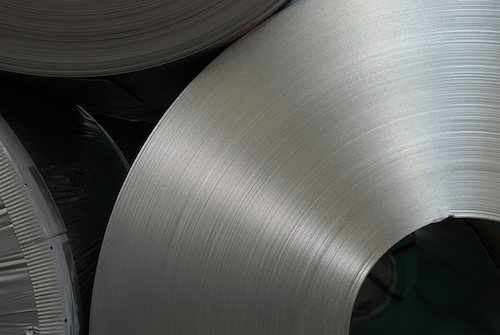THURSDAY, FEBRUARY 22, 2024
According to the Associated Builders and Contractors analysis of the U.S. Bureau of Labor Statistics’ Producer Price Index, construction input prices are increasing in what is being called the largest monthly increase since August last year.
Prices increased 1% in January compared to the previous month, and overall construction input prices are 0.4% higher than a year ago. Nonresidential construction materials prices are also reportedly 0.7% higher.
Looking at the energy subcategories, prices increased in two of the three subcategories last month. Crude petroleum input prices were up 6.1%, while unprocessed energy materials prices were up 3.8%. Natural gas prices decreased 2.4% in January.
“Construction materials prices surged in January, ending a streak of three consecutive monthly declines,” said ABC Chief Economist Anirban Basu. “While this represents the largest monthly increase since August 2023, input prices are essentially unchanged over the past year, up less than half a percentage point.
“As a result of relatively tame input costs, a plurality of contractors expects their profit margins to expand over the next six months, according to ABC’s Construction Confidence Index.”

 |
| © iStock.com / pixelprof |
|
According to the Associated Builders and Contractors analysis of the U.S. Bureau of Labor Statistics’ Producer Price Index, construction input prices are increasing in what is being called the largest monthly increase since August last year. |
Last month, Basu noted that piracy in the Red Sea and the resulting diversion of ships from the Suez Canal around the Cape of Good Hope was causing global freight rates to nearly double in the first two weeks of 2024.
Dubbed as the largest disruption to global trade since the COVID-19 pandemic, the supply chain is showing signs of strain following these attacks, including in the coatings industry.
Steel mill prices also had a large increase in January, jumping 5.4% from the month prior. Iron and steel materials increased by 3.5% and concrete products rose 0.8%. Adhesives and sealants, however, remained unchanged for the month, but still is 1.2% higher year over year.
“Additionally, the broader PPI measure of prices received by all domestic producers of final demand products and services rose 0.3% in January, well above the expected 0.1% increase,” said Basu.
“This, along with the hotter-than-expected Consumer Price Index data released earlier this week, suggests that the Federal Reserve may keep interest rates elevated for longer than previously expected.”
Backlog, Contractor Confidence
Earlier this month, the ABC also reported that its Construction Backlog Indicator declined 0.2 months to 8.4 months in January. According to the ABC member survey, conducted from Jan. 22 to Feb. 4, the reading is down 0.6 months from January last year.
The association explains that the backlog increased to 10.9 months in the heavy industrial category, the highest reading on record for that category, and is 2.5 months higher than in January 2023. The backlog, however, is down on a year-over-year basis in the commercial/institutional and infrastructure categories.
The backlog revealed an increase in numbers in a handful of sectors, including:
The backlog fell in several sectors, including:
The Construction Confidence Index readings for sales and staffing levels reportedly increased in January, while the reading for profit margins declined. That said, all three readings remain above the threshold of 50, indicating expectations for growth over the next six months.
Tagged categories: Associated Builders and Contractors; Associated Builders and Contractors Inc. (ABC); Building materials; Business conditions; Construction; Economy; Good Technical Practice; Market; Market data; Market forecasts; Market trends; Oil and Gas; Program/Project Management; Steel